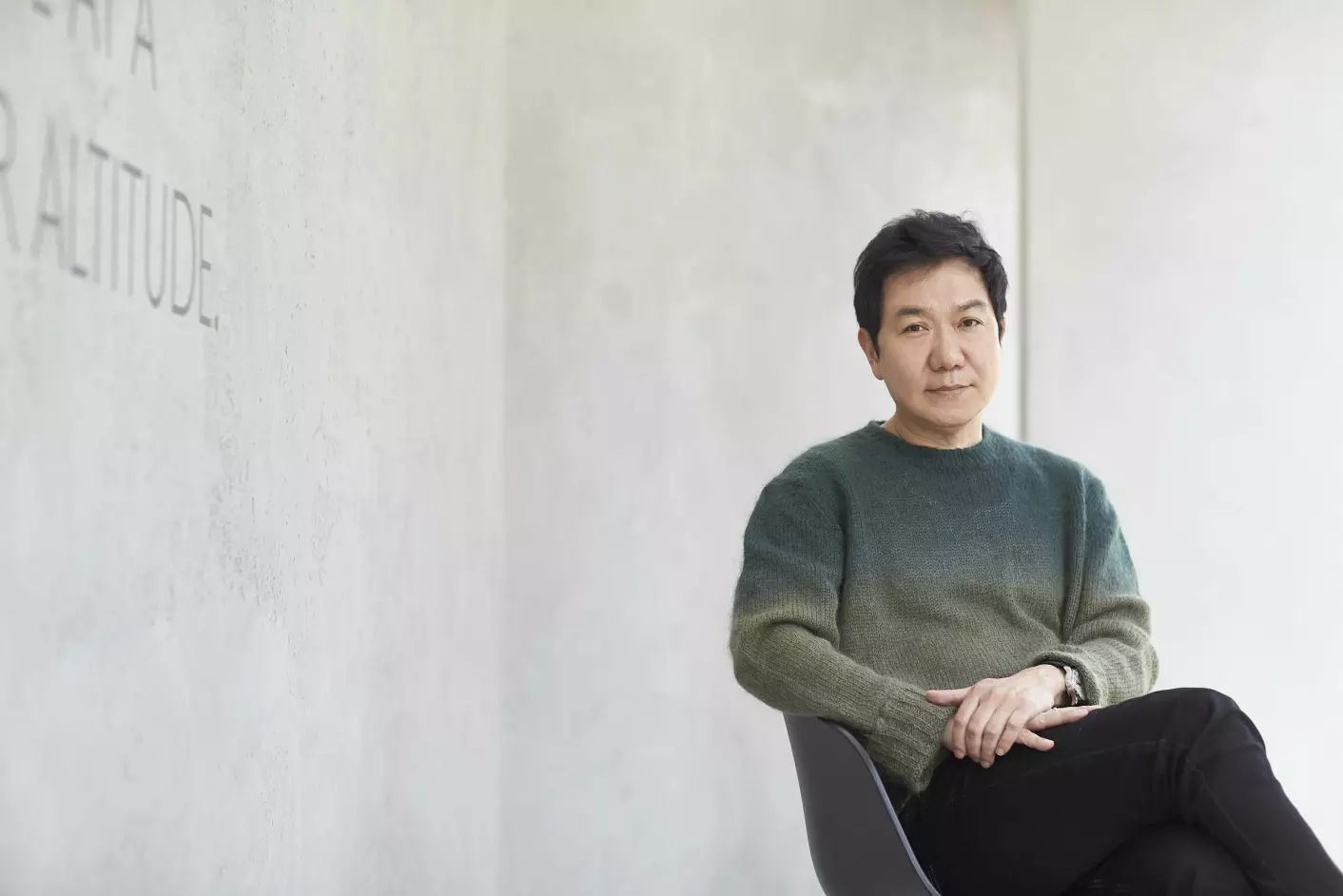
Lee often compares Hyundai’s design strategy to a chess game—many pieces, each unique in form and function, working in concert toward a bigger vision. Whether it’s a compact city car for Gen Z or a full-size SUV for families, every model is designed around the nuances of real life.
That ethos begins with observation. Lee is known to spend hours in parking lots and shopping centers, quietly studying how people interact with their cars. How parents wrestle car seats into the back, how groceries slide into the trunk, how digital devices occupy children in the rear seats. “All the answers are right in front of you,” he says. “If you take the time to watch.”
This philosophy is evident in Hyundai’s latest Santa Fe. The SUV doesn’t just provide seating; it creates a mobile living room tailored to contemporary family life. Every seat has its own USB port and cup holders—small details that reflect today’s demand for personal space and connectivity. At the same time, the car embraces Korea’s growing “cha-bak” culture, where travelers sleep inside their cars while camping. Its extra-wide tailgate doubles as a sunshade, and features like built-in Bose speakers transform downtime into experience.
Hyundai’s design vision is also shaped by three guiding principles: safety, electrification efficiency, and meaningful content. To that list, Lee adds a fourth: circularity.
Working with the Nature Lab at Rhode Island School of Design, Hyundai’s design team draws inspiration from natural ecosystems—self-sustaining, waste-free, and millions of years in the making. “Sustainability is more than just recycled materials,” Lee emphasizes. “It’s how we design, how we manufacture, and how we create systems that regenerate like the natural world.”
This perspective reflects Hyundai’s ambition to move from a carmaker to a mobility company, competing not just with Toyota or BMW, but with software giants like Google.

If Hyundai’s “chess strategy” is in motion, then Genesis—the company’s luxury arm—is its queen. The next generation of Genesis vehicles will be fully electric, and Lee sees an opening where no one else has yet claimed dominance.
“Tesla leads in software and over-the-air updates, but no one calls it a luxury brand,” he says. “Our goal is to build a true luxury EV, one that excels in both software and hardware.”
Lee hints at bold debuts in the near future, with concepts that push beyond the expected definitions of premium electric vehicles. “From next year, you’ll start to see some very exciting visions for Genesis,” he promises.
At its core, Lee’s philosophy insists that cars must respond to human behavior, not the other way around. Hyundai’s vehicles are designed less as static products and more as adaptive companions—spaces that evolve alongside shifting lifestyles, digital habits, and cultural trends.
“We are designing not just cars, but experiences,” Lee says. “And when design is rooted in real life, the result is always relevant.”
For Hyundai, that means the car of the future won’t just be a machine for mobility. It will be a service hub, a digital ecosystem, and a social space—built not only for the road, but for the way people actually live.
2 days ago